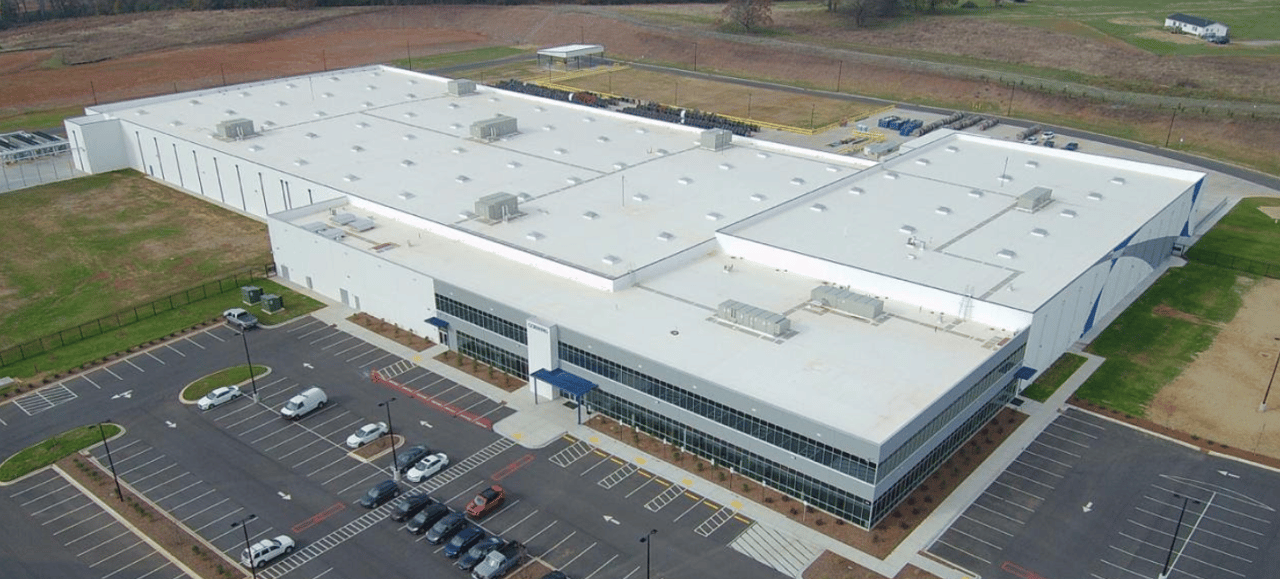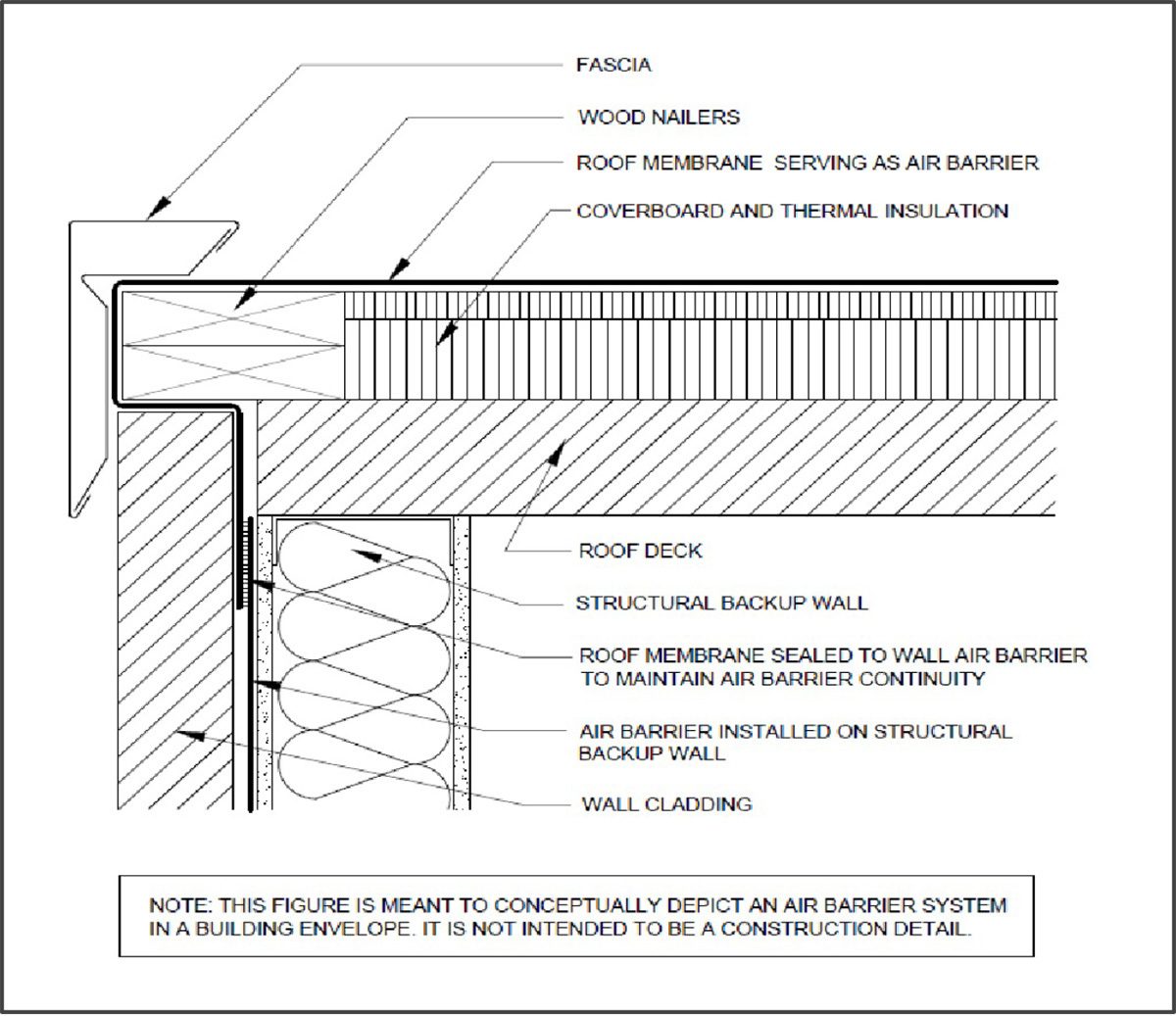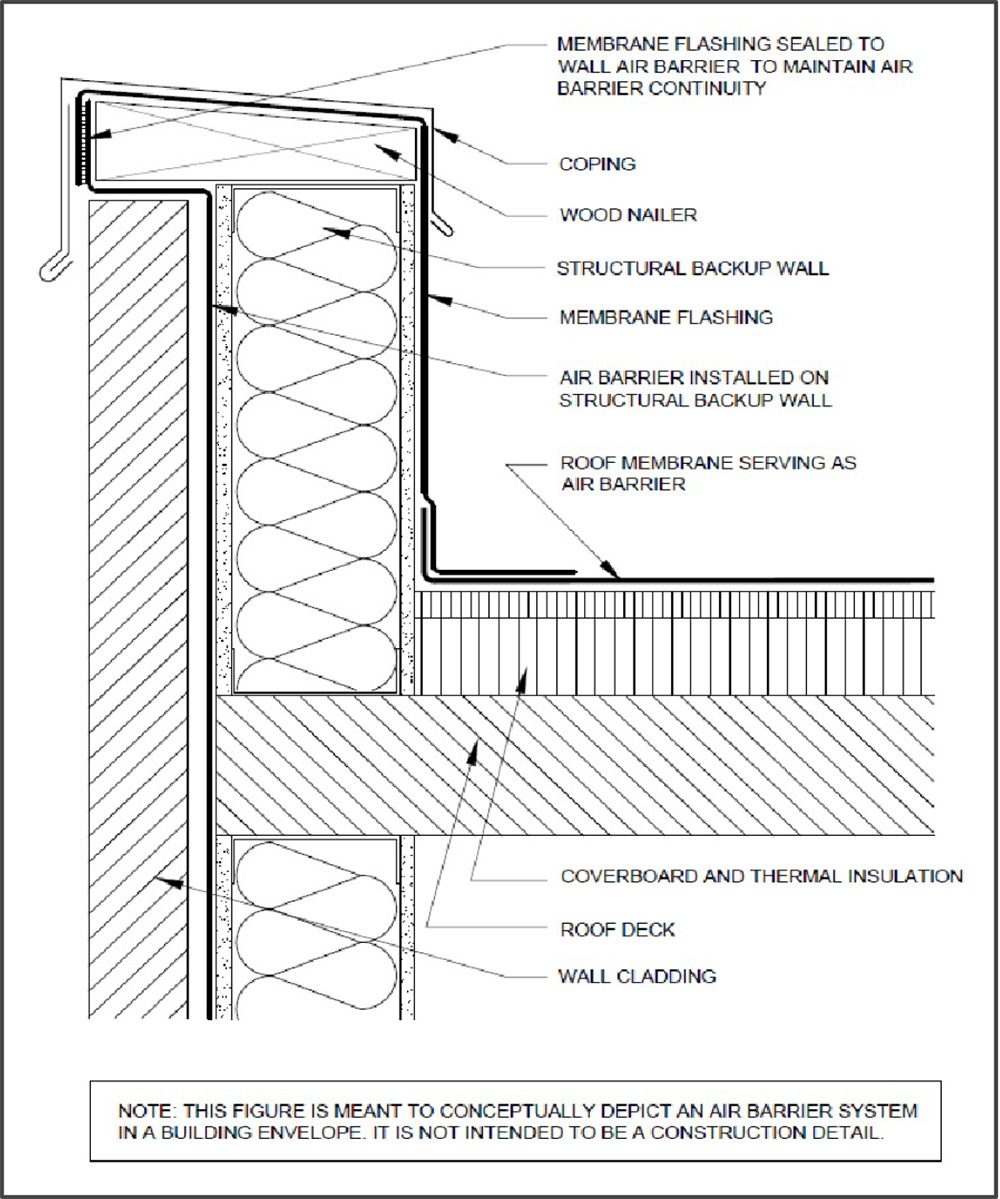Learning Objectives:
By the end of this course, the reader should be able to:
- Distinguish between the various control layers within roof assemblies, with particular attention to the control of air and moisture.
- Describe the reasons why air barriers and vapor retarders can be necessary and under what circumstances they are required.
- Identify which materials are appropriate for use.
- Recognize the pros and cons of the various choices that can be made for air barrier and vapor retarder placement within roof assemblies.

If we traveled back in time to the first dwellings humans constructed after they left natural shelters, we’d find that the role of the roof was to keep rain and other precipitation out. Caves and cliff overhangs were good at that, shelters made from vegetation such as grass and straw less so. Fast forward to the industrial revolution and you’ll notice that roofs became very good at controlling water ingress. At that time, shelters had evolved into dwellings and homes and a new type of building emerged—the workplace, whether factory, office or warehouse.
As buildings have evolved, so have the requirements that have been placed on the building enclosure. No longer “just” a roof to keep precipitation out, today’s enclosure has many roles. Those roles are often carried out by different layers in the enclosure assemblies, whether they are roof, wall, or foundation. To help understand vapor retarders and air barriers, it helps to briefly review each layer’s role, beginning with the obvious and oldest before moving on to the recent air and vapor control roles.
- Water control—this is the obvious function of the building enclosure. Less obvious is the fact that for the wall of an enclosure, a 100 percent successful water barrier is considered to be unlikely. Hence the word “control.” Walls, with their many penetrations, plus doors and windows, are difficult to make entirely “waterproof.” Good wall designs accept the fact that some water ingress might occur and they have features that allow that water to drain down and then out of the structure.
- Structural control—every building enclosure assembly has structural elements, each supporting the others. In the case of a low slope roof, the structural control is frequently supplied by the roof deck and any sub-structure beneath it. Structural support is not absolute and depends on snow loads, wind uplift pressures, expansion/contraction etc; hence the word “control.” As we’ll see, each layer of a roof assembly provides control over a property and is rarely absolute.
- Thermal control—going back to our description of the first dwellings, while preventing water ingress was a primary function of the first building enclosures, keeping occupants from freezing became an additional function. Today’s low-slope roof assemblies typically use an insulating foam such as polyiso. Good design is important so that the effects of thermal bridging and penetrations are taken into account.
- Air barrier—air leakage has been identified as a major impediment to achieving better energy efficiency of the building enclosure. Essentially, the goal is to prevent the loss of conditioned air from the interior to the exterior and the introduction of warm, humid air from the exterior to the interior. Just as thermal control needs to take into account thermal bridging and penetrations, so a material that blocks air is insufficient in and of itself. An air barrier, as we’ll see later, is an interconnected series of materials spanning the entire enclosure.
- Vapor retarder—for a variety of reasons, including the increasing air tightness of buildings and the use of air conditioning, it is ever more important to control moisture ingress into wall and roof assemblies. Importantly, control of moisture ingress from air leakage at assembly joints and vapor diffusion through materials can be achieved either through the use of layer material specifically designed for the purpose, or through careful installation of, for example, the thermal or air barrier control layer. All materials in a roof or wall assembly have some vapor retarding properties and the choice to include a specific vapor control layer should be considered along with the local climate, the building use, and the degree of assurance that vapor movement is retarded sufficiently.
- Other control layers—in some specific cases, other control layers can be added depending on requirements. For example, a cover board could be present to improve impact resistance. A cementitious or gypsum board might be added to improve fire ratings.
The Hypothetical “Complete Roof Assembly”
The hypothetical complete roof assembly is a conceptual design that shows each of the possible control layers described above and arranges them in an order that could be used as a starting point for many designs. In practice, not all will be needed and the order might change depending on material selection. Importantly, it assumes that each control layer is separate, which is not necessarily the case. The following schematic shows two possible such roof assemblies, one based on a steel deck and the other on a concrete deck.
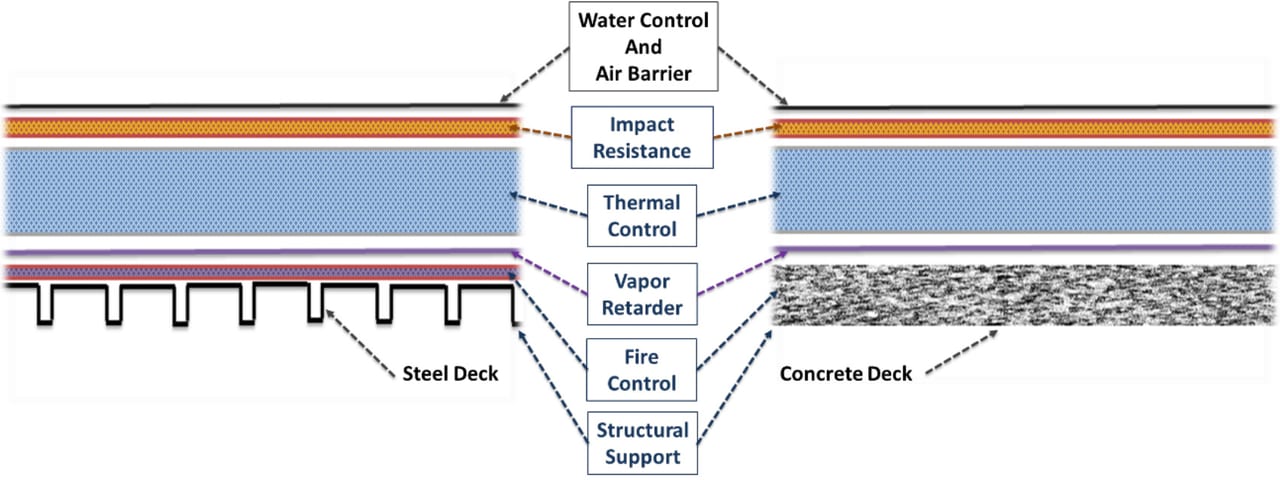
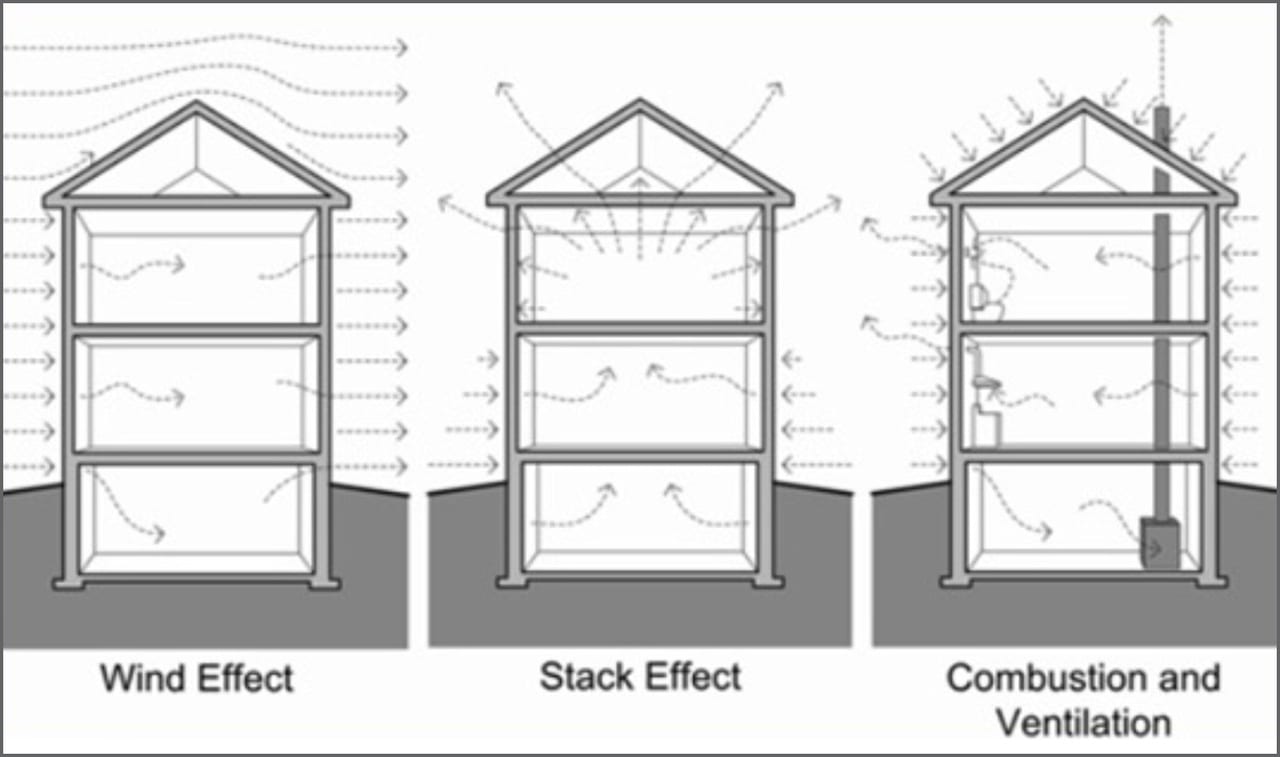
Figure 3: Processes that create air-flow across the building envelope. SOURCE: Building Science Digests, BSD-014: Air Flow Control in Buildings, John Straube, October 15, 2007
"When considering air barriers and/or vapor retarders, it can be beneficial to think in terms of control layers... "
In each case, regardless of the situation, the designer needs to ensure that the air barrier is continuous around or within the building enclosure. All the materials designated to be part of the air barrier system must be securely connected and sealed to each other.
Air Barriers and Roof Penetrations
An air barrier’s effectiveness can be greatly reduced by openings and penetrations, even small ones. These openings can be caused by poor design, poor workmanship, damage by other trades, improper sealing and flashing, mechanical forces, aging and other forms of degradation.
The National Research Council Canada collected research data that illustrated how even small openings can affect overall air leakage performance. For example, only about 1/3 of a quart of water will diffuse through a continuous 4 feet by 8 feet sheet of gypsum during a one-month period even though gypsum board has a very high permeance.
However, if there is a 1-square-inch hole in this same sheet of gypsum, about 30 quarts of water can pass through the opening as a result of air leakage . This relationship is illustrated in the figure below. The example illustrates that air leakage can cause more moisture-related problems than vapor diffusion.
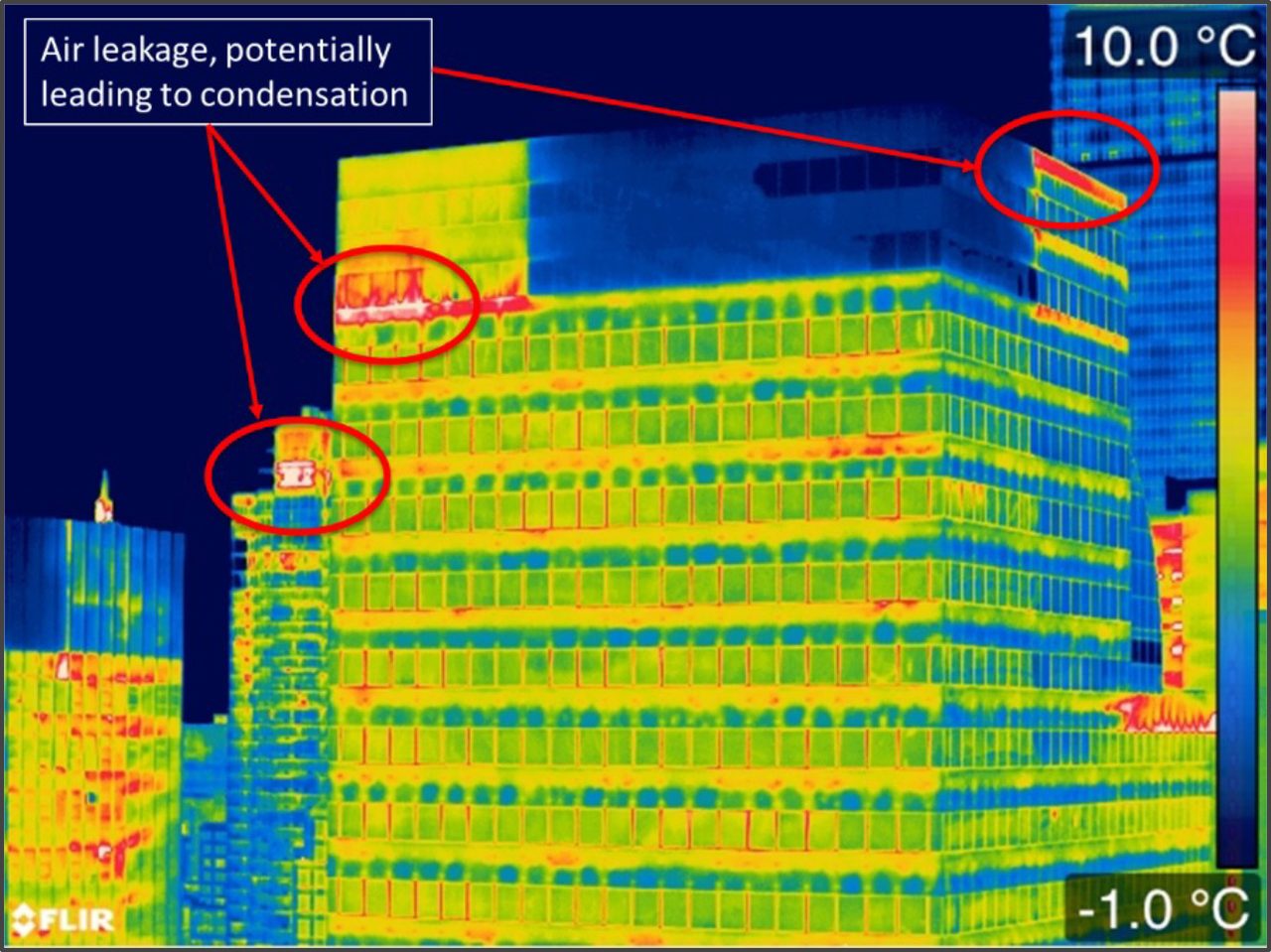
As buildings become tighter, small air leaks can cause significant issues during winter months for buildings in the north. In such a case, a small leak can lead to significant condensation within the enclosure, leading to long term damage. An example of air leakage at a window to wall connection is indicated in the following infrared picture.
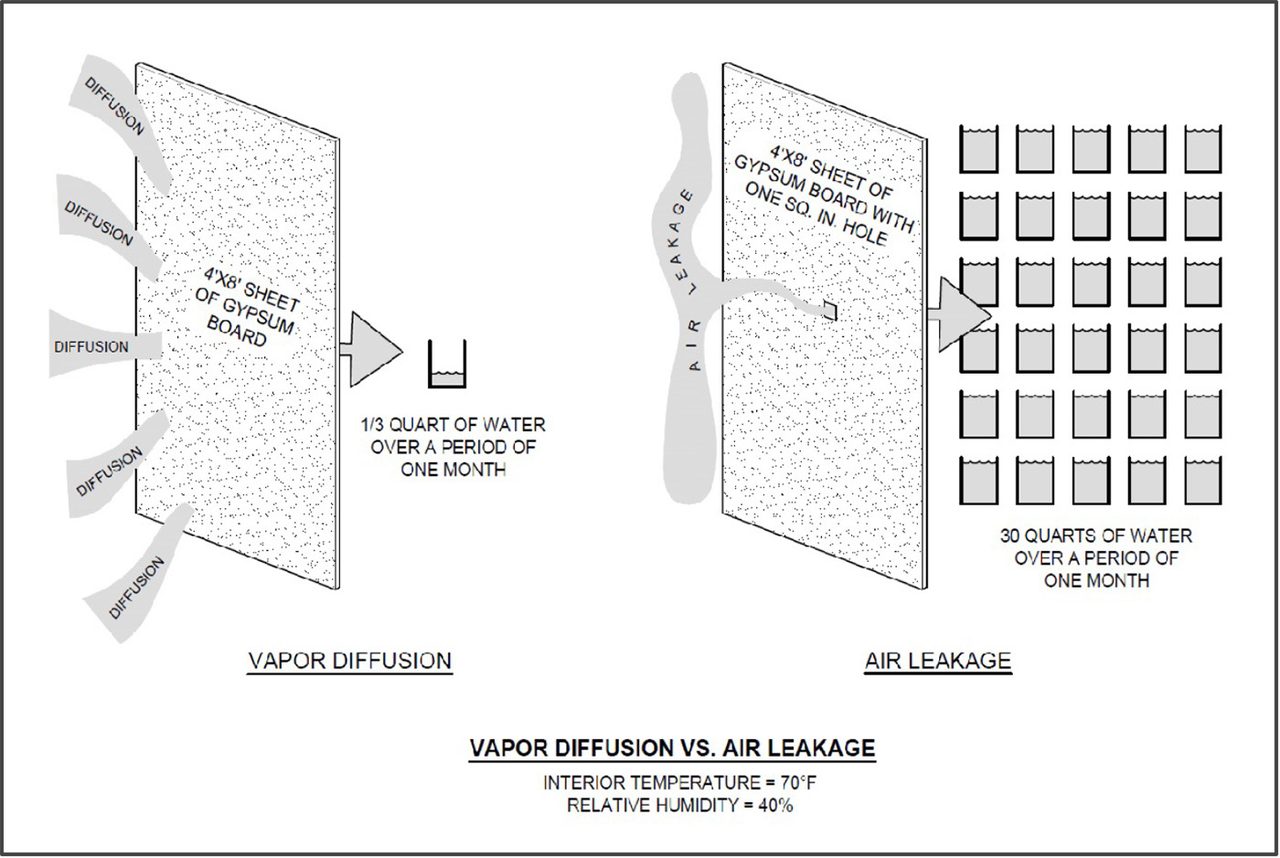
Image courtesy of FLIR with GAF modifications
Can roof membranes always be part of an air barrier system?
Roof membranes that are automatically considered by Code to be suitable for use in an air barrier system are:
- Built-up roofing membrane.
- Modified bituminous roof membrane.
- Adhered single-ply roof membrane.
Single-ply membranes that are mechanically attached are also considered to be included so long as the manufacturer can provide a data certificate confirming that the material has an air permeability of no greater than 0.004 cfm/ft2 (0.02 L/s · m2) under a pressure differential of 0.3 inches water gauge (75 Pa) when tested in accordance with ASTM E 2178. In practice, most manufacturers have this readily available on request. But note that the IECC states an important caveat, that materials shall be deemed to comply provided joints are sealed and materials are installed as air barriers in accordance with the manufacturer’s instructions.
So, the answer is that, yes, properly installed roof membranes can be used as part of an air barrier system. To return to the concept of the complete roof, membranes can be considered as both the water and air control layer in a roof assembly.
Air Barrier Code Compliance
The roof membranes previously discussed can be part of an air barrier system and their use will be considered code compliant so long as they are correctly installed and tied into the wall air barrier layer. However, two additional means of achieving compliance are acceptable.
- Assemblies of materials and components (sealants, tapes, etc.) that have an average air leakage not to exceed 0.04 cfm/ft2 under a pressure differential of 0.3 in H2O (1.57 psf) when tested in accordance with ASTM E2357, ASTM E1677, ASTM E1680, or ASTM E283; The following assemblies meet these requirements:
- Concrete masonry walls that are
i. Fully grouted, or
ii. Painted to fill the pores.
- Whole building testing—air leakage rate of completed building can be tested and confirmed to be ≤ 0.40 cfm/ft2 at a pressure differential of 0.3 inches water per ASTM E779, ASTM E3158, or equivalent method approved by a code official.
